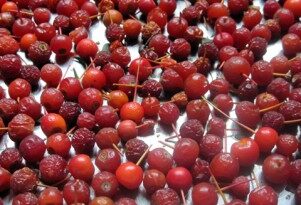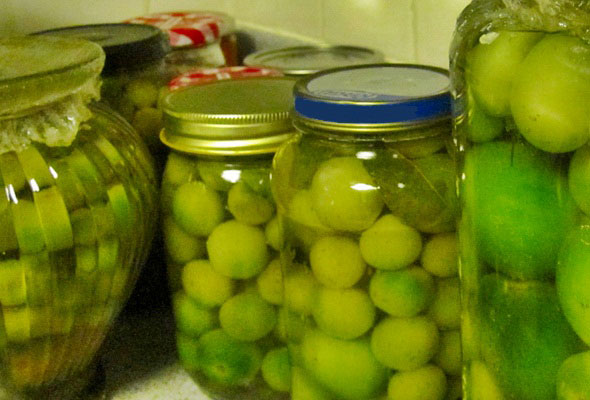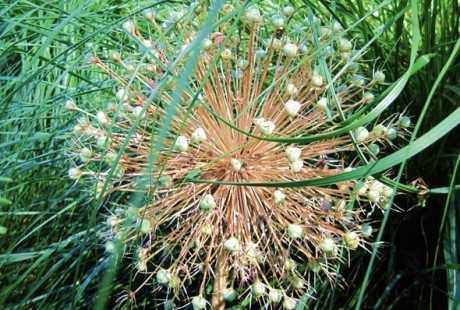hepatica
Hepatica has been considered a medicinal plant in the past, but this is one of the cases where scientific proof contradicts lore: the plant belongs to the Ranunculaceae family, just like the buttercup, and contains the same toxic compounds as the latter, albeit in much smaller doses. Hepatica is poisonous in large quantities. It is occasionally used in homeopathy, but this is definitely not something safe to do at home.
They are very resilient, early and fragrant too!
The name sprung from the false belief the plant could heal liver afflictions, belief fueled by the strange similarity between some hepatica varieties’ foliage and the color of the liver itself.
They are among the first flowers to bloom in spring, and the flowers precede the new foliage by a couple of weeks at least. Established hepaticas put forth cheerful clumps of flowers for a month or so, when the rest of the garden doesn’t have much to show for itself.
They are wildflowers and mix well with other woodland natives, wild bleeding hearts, crocuses, trilliums and grape hyacinths.
This specific plant is a survivor: during the first year I plucked it while weeding, and the second year the drought almost got it, but it lived to get established and beautify the garden with more and more pretty flowers each spring. Last fall I divided it and moved some to a new flower bed, where it seems to do well. I’ll be careful not to pluck it this time.
Its foliage is attractive too, the broad trilobate leaves, shiny and bright green, bring interesting texture to the part shade flower bed through the summer and fall.




 Previous Post
Previous Post Next Post
Next Post




